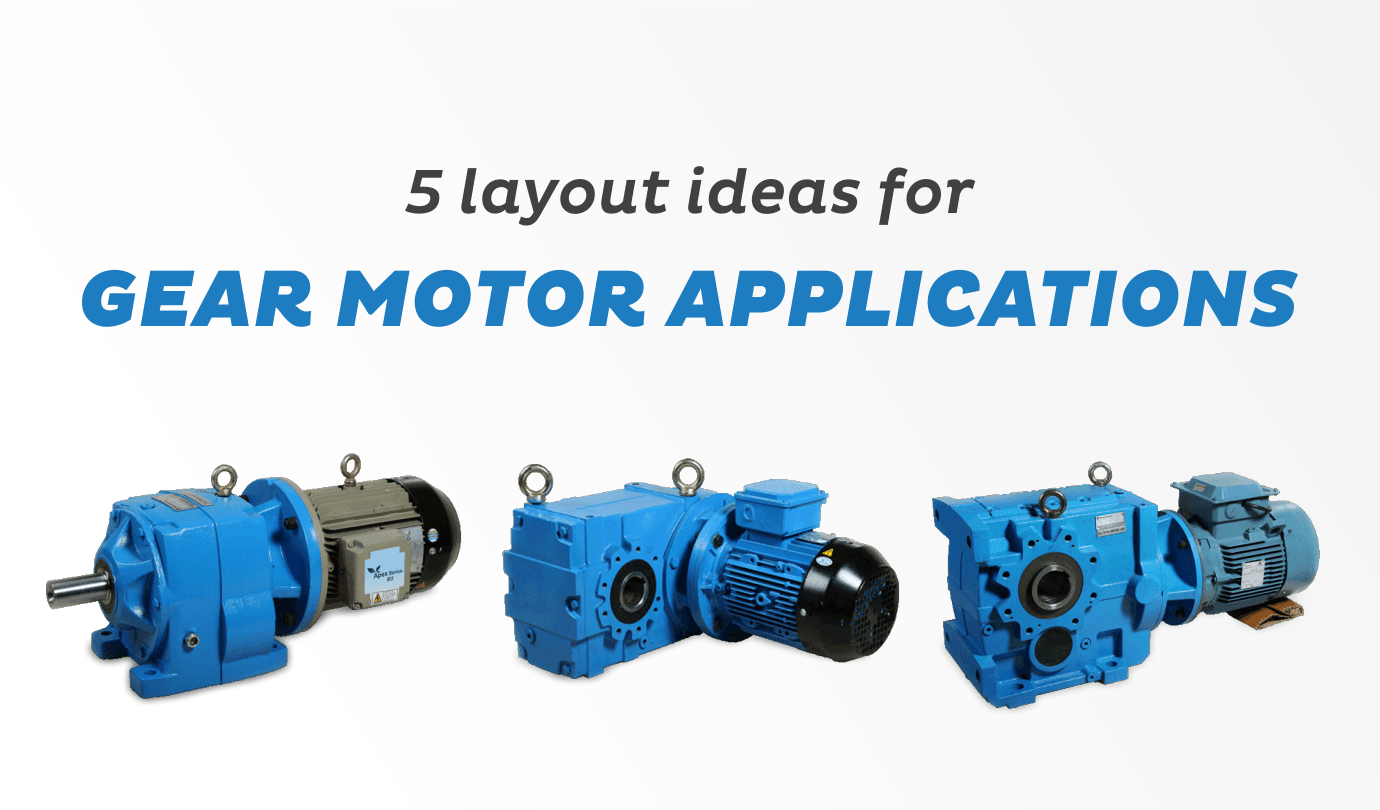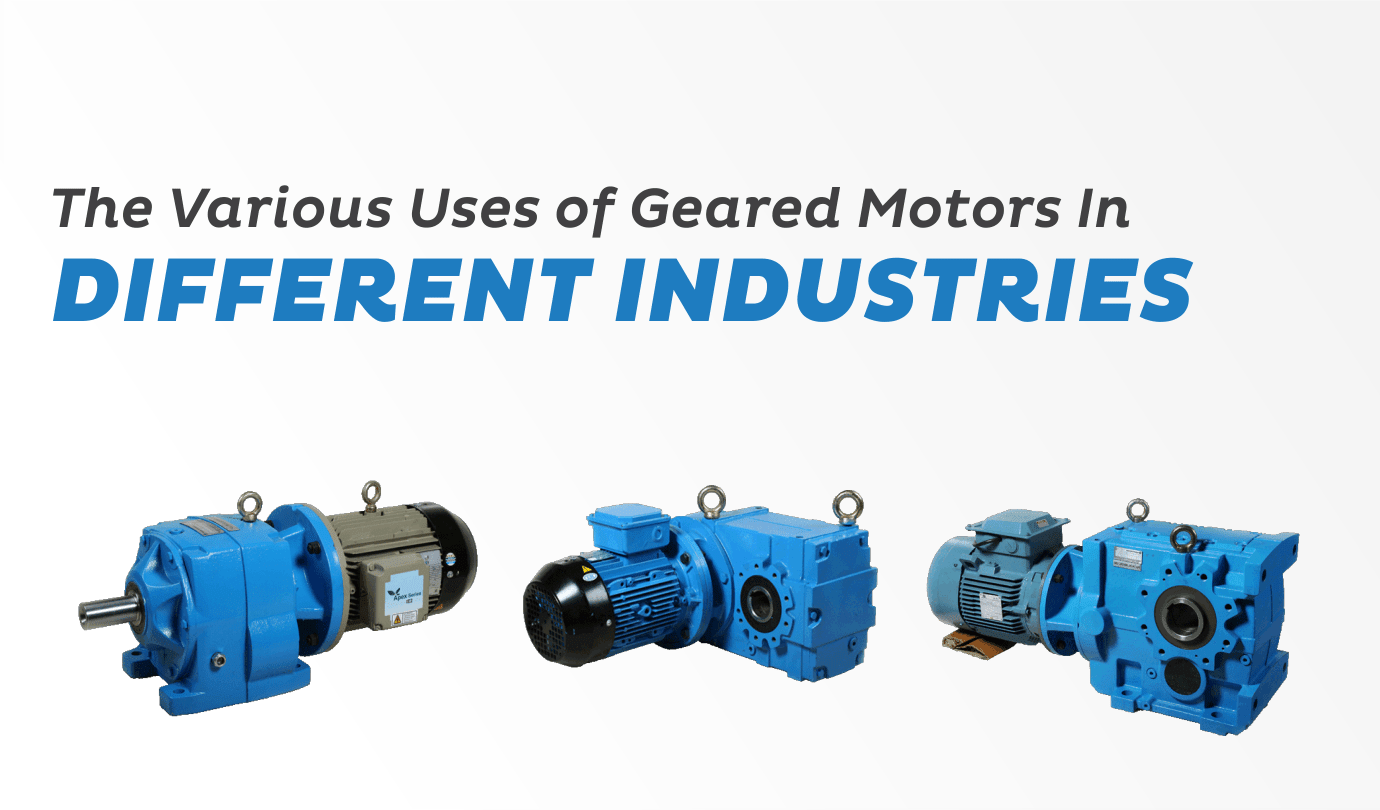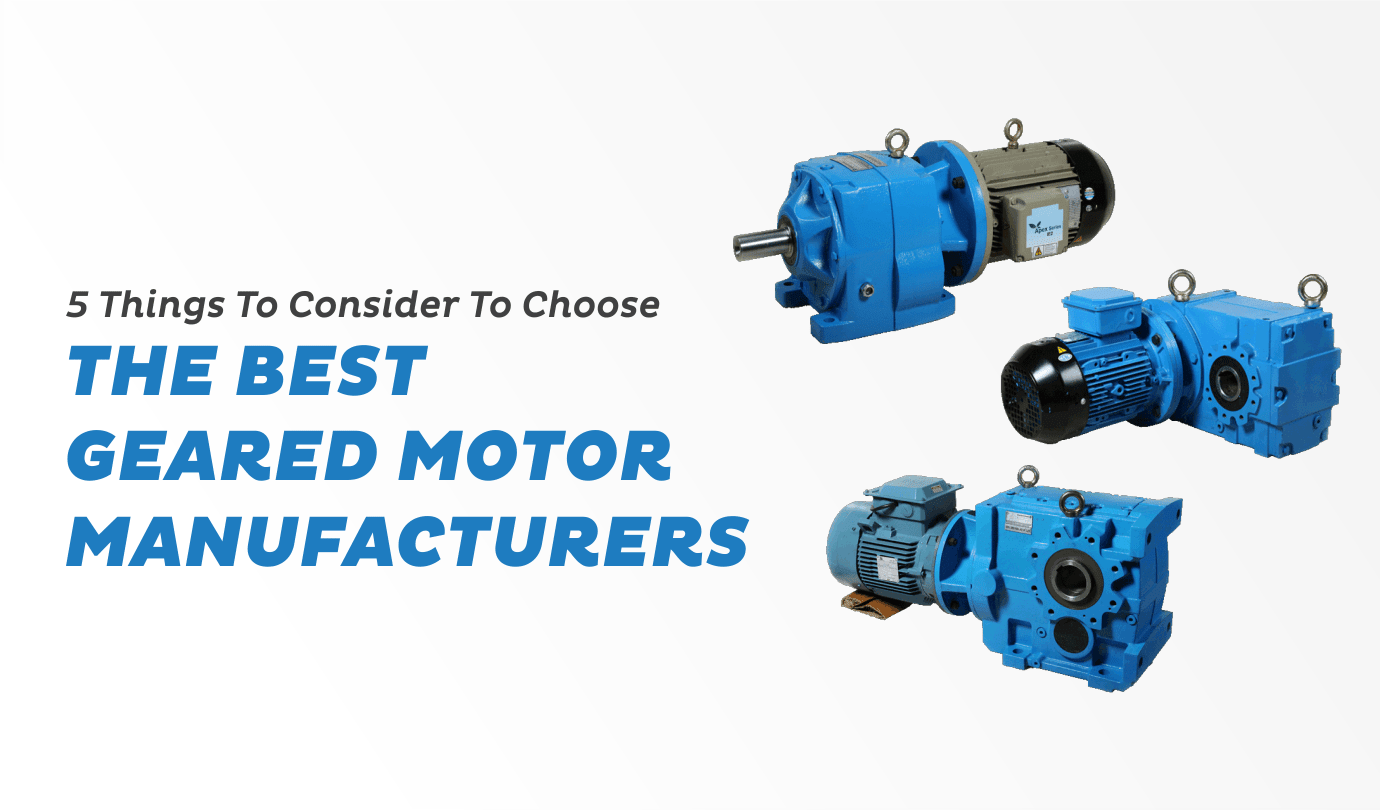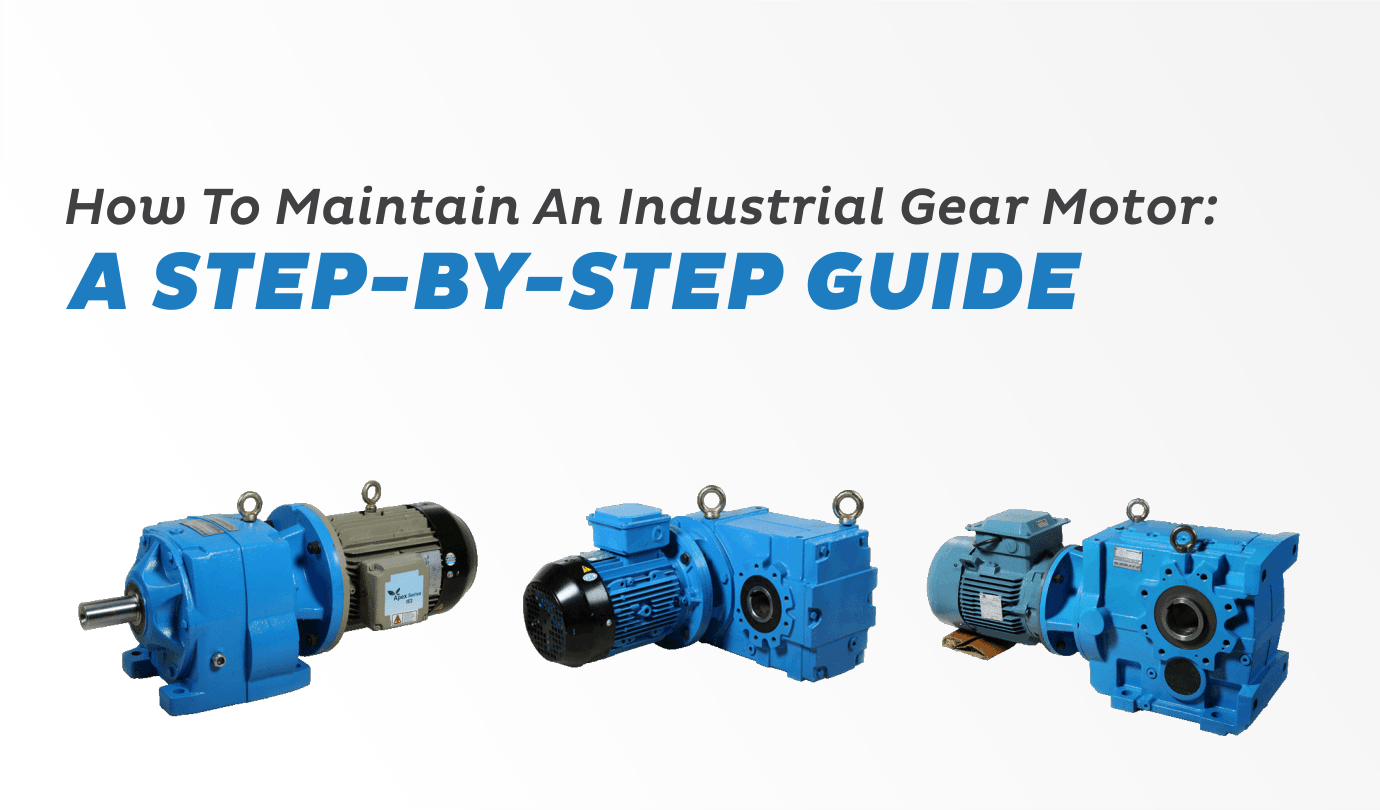It is necessary to go into greater detail when choosing the best gear motor for an application than simply selecting the best fitting output speed and torque. Although output speed and torque are certainly critical variables to consider when choosing and constructing gear motors, many other factors must also be considered.
The duty cycle, drive train, working environment, safety standards, and thermal control must all be taken into account. However, there are also influences that can influence how well the concept performs. In this segment, we will go through five critical requirements for selecting the right Gear motor for a given application in order to ensure effective operation and the necessary service life.
Gear motor mounting orientation
Gearmotors are normally designed to be installed with the gearbox level and the motor and drive shaft horizontally oriented. Depending upon the type of Gear Motor as well as how the gearbox is greased, other mounting places are likely. If you need a non-standard mounting (for example, vertical), the very first step in selecting a Gearmotor ought to be to contact the manufacturer’s engineering support staff.
Gear motor efficiency
Worm gears, which are commonly used in right-angle gearboxes, are far less powerful and produce more heat than spur or helical gear configurations found in parallel shaft gearboxes. As a result, right angle gear motors frequently necessitate a larger motor in order to balance the angular velocity of a parallel shaft gear motor of the very same gear ratio. Worm gear performance is much lower at low speeds, producing less leverage for starting and accelerating.
Self-locking right angle gearheads
Right-angle “self-locking” gearboxes cannot be powered backwards by adding continuous power to the output shaft. And when the power to the Gearmotor is switched off, these gearboxes will have holding leverage. This is advantageous in situations where the load is required to stay steady even after the input to the Gearmotor has been switched off. Nevertheless, this is not a “fail-safe” application approach because retaining leverage decreases as the gears wear or if shaft movement occurs.
Noise and load
A few gearboxes are constructed to be silent than others. Metallic gears create more sound than non-metallic gears in certain situations, and helical gears are louder than spur gears. The noise generated by a gearbox is influenced by the number of gear levels, the load on it, as well as the axle, or rotor, input frequency. Worm gear reducers are normally quieter than spur or helical gear reducers due to their sliding operation. Worm gears are more resistant to shock loads than spur or helical gearing since the worm and gear rows are subjected to grinding instead of cantilever loads, and much more rows are normally in contact.
5. Gear motor life
Many aspects influence Gearmotor life. Operating speed, load, service cycle, and ambient temperature are the obvious ones. The greater the severity of any of these working conditions, the faster the gearhead components would wear out. However, there are construction details within a gearbox that affect the life of the Gearmotor. Worm gears, for instance, have a more complicated lubricate sliding operation and are less effective than spur and helical gearing. Metallic worm and gear teeth would also wear quicker than metallic spur as well as helical gear teeth. Since oil gives more stable lubrication to the gear teeth during load conditions, oil-lubricated gears can last better than grease-lubricated gears.
There’s no doubt that with so many factors to consider, it’s crucial to find a renowned gear motors manufacturer, like Premium Transmission to avail high-quality products like industrial gearboxes.













